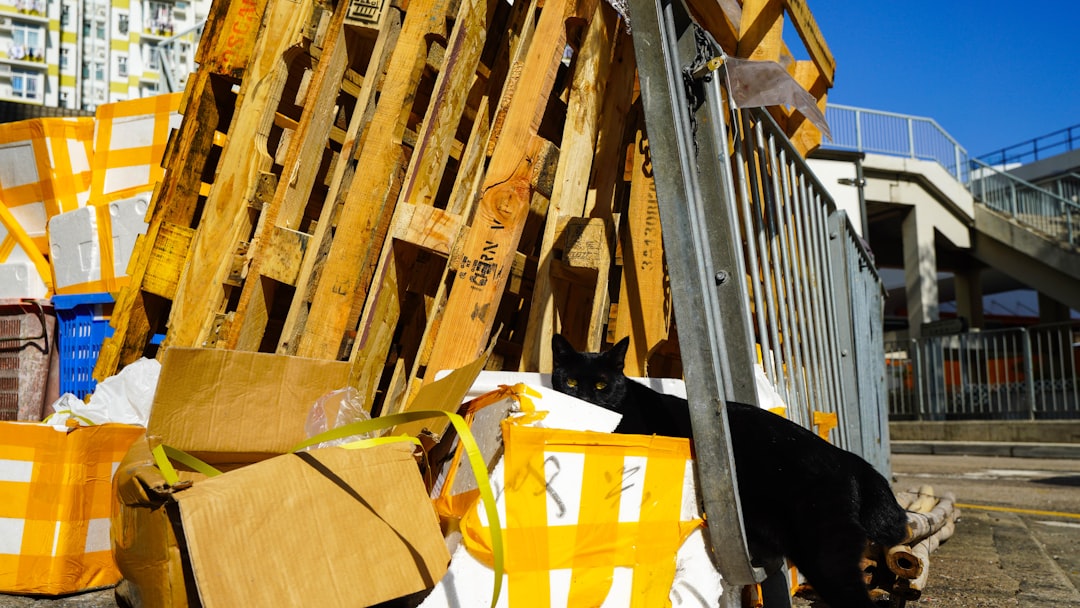
Debris removal is a significant cost factor in residential construction, often ranking as the third-highest expense after labor and materials. Costs can range from $650 to $1,200 per dumpster, depending on location and project scope. For construction professionals, accurately estimating these costs is crucial to maintaining profitability and avoiding budget overruns. This guide provides insights into the components of debris removal costs and how to manage them effectively.
These components can significantly impact the overall budget, making it essential for construction professionals to account for them in project estimates.
Debris removal costs can vary widely based on regional factors such as fuel prices, landfill capacity, and local regulations. For example, costs in cities like Tampa, Denver, or Austin can fluctuate by up to 40% within a quarter. Staying updated with real-time data is crucial for accurate budgeting.
1. Access the CountBricks platform via mobile or desktop.
2. Initiate a voice session to input project details.
3. The AI maps project scope to local hauling schedules and fees.
4. Review a detailed breakdown of labor, equipment, and disposal costs.
5. Export data into proposals or invoices seamlessly.
This approach eliminates the need for manual calculations and ensures precise estimates.
While some homeowners consider DIY debris removal, the hidden costs of permits, safety risks, and labor hours often make it more expensive than hiring professionals. Studies show DIY approaches can be 22% costlier.
A Tampa contractor reduced debris removal costs by 18% by optimizing dumpster usage and scheduling. This strategic approach led to significant savings and improved project efficiency.
Effective debris management is essential for improving project margins and timelines. By leveraging real-time data and strategic planning, construction professionals can turn waste management into a cost-saving opportunity.

An Austin remodeler optimized debris removal by using smaller dumpsters and avoiding permit fees, resulting in a $1,350 cost underrun.
For more information, visit CountBricks.com.